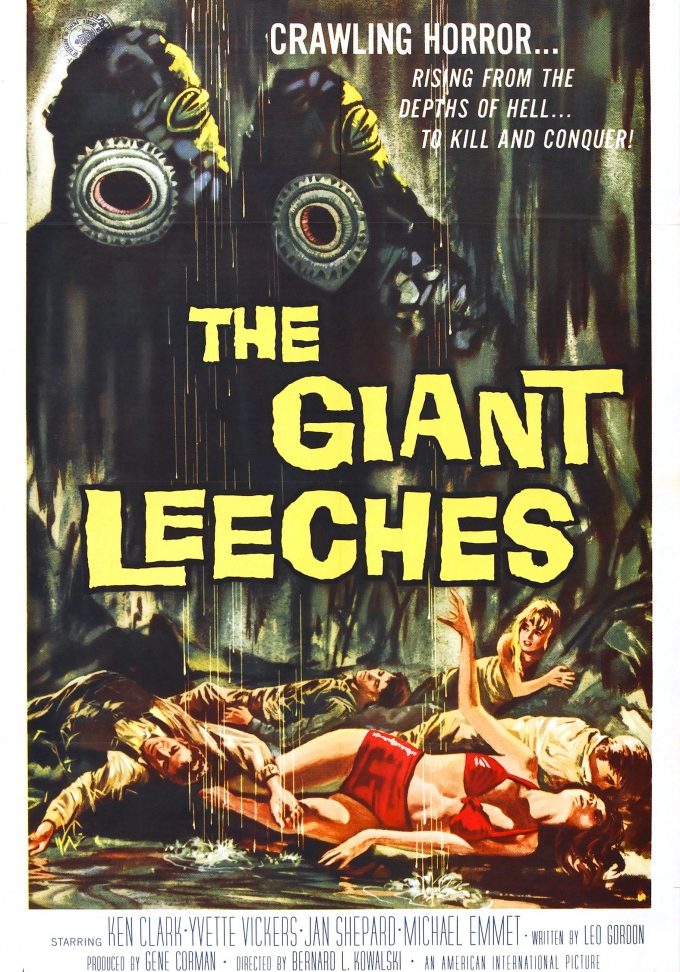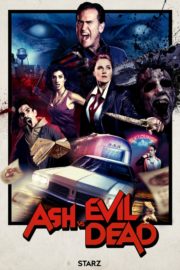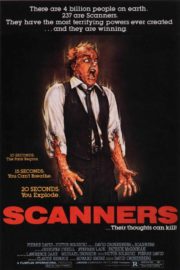Into the Swamp: A Dive into “Attack of the Giant Leeches”
In the murky depths of the cinematic swamp, one finds the peculiar creature feature “Attack of the Giant Leeches.” Released in 1959, this low-budget horror film directed by Bernard L. Kowalski sinks its teeth into the audience with a schlocky tale of monstrous leeches that have developed an appetite for human prey. The story unfolds in the swamplands of Florida, where local yokels and a pair of intrepid game wardens encounter the slimy horrors lurking beneath the water’s surface. Without giving away the swampy secrets, let’s just say that rubber suits and B-movie screams are in ample supply.
Gothic Bogs and Creepy Crawlies
The atmosphere and tone of “Attack of the Giant Leeches” ripple with a blend of cheesy terror and soggy suspense. Kowalski’s direction tends to wade more toward shock visuals of its leech-encumbered victims rather than subtle foreshadowing. The sets, often shrouded in fog and staged with murky backdrops, are straight out of a horror aficionado’s checklist, providing a somewhat theatrical canvas for the action.
Through a Lens, Darkly
Navigating through the cinematography and visuals, it becomes evident that Kowalski and his team utilized the stark black-and-white color palette to its full extent, leveraging shadows and the sinister shapes of the swamp to induce unease. The camera angles often attempt to capture the claustrophobia of being trapped in the leeches’ underwater lair, with varying degrees of success. While the rubber suits of the giant leeches wouldn’t frighten a modern audience, they serve as a charming callback to the special effects of the era.
The use of sound, sparse like the swamp’s own nightlife, manages to accentuate the desolation. Although limited by the era’s technology, the soundtrack and sound effects squelch and squirm their way into creating an eerie ambience. At times, the silence itself is more unnerving than the accompanying score, partaking in that vintage horror movie subtlety.
Screams and Schemes
The characters in “Attack of the Giant Leeches” are as archetypal as they come, with performances saturated in melodrama matching the film’s B-movie pedigree. The actors, including Ken Clark as the resolute game warden and Yvette Vickers as the local temptress, navigate the terror with a mixture of sincerity and over-the-top expression. Their reactions to the slimy situations are imbued with a kind of earnestness that is both endearing and entertaining, though not particularly nuanced.
The horror elements can be classified firmly in the creature feature bin, with a touch of ecoterrorism before it was en vogue. The giant leeches embody an undiscriminating force of nature, consuming without conscience. Kowalski employs a blend of off-screen suggestion and in-your-face creature confrontations to elicit fear. While the jump scares are tame, the concept of being drained of life by unyielding leeches taps into a primal discomfort.
On a deeper level, albeit not quite as deep as the swamp itself, one might find a metaphor in the blood-sucking of the leeches paralleling the exploitative human relationships portrayed. Whether this was intentional or a byproduct of plot convenience can be left to the viewer’s interpretation.
The Verdict: Chewing on Nostalgia or Spitting It Out?
Is “Attack of the Giant Leeches” a masterpiece of horror? Hardly. However, it stands as a testament to a bygone era of moviemaking, replete with tangible effects and a commitment to camp that can’t help but charm fans of vintage monster flicks. It’s ominous enough for a late-night indulgence but won’t leave you checking your bathtub for leeches afterward.
Those with a penchant for classic horror, science fiction, and the theatrics of 1950’s cinema will be the likely audience to appreciate this soggy piece of cinema history. It lacks the polish and psychological depth of modern horror but swims in the same pond as “Creature from the Black Lagoon” or “Them!” offering viewers a nostalgic bite.
In conclusion, “Attack of the Giant Leeches” is a creature feature that delivers exactly what it promises—no more, no less. Its place in the horror genre is secure as a historical curiosity rather than a spine-tingling classic. For a light evening of monsters and mires, with a side of unintentional comedy, grab your waders and dive in—if you dare.
Viewer’s Note: This film is free of the intensive graphic content and jump scares that define modern horror, making it a relatively safe watch for those with fainter hearts or a desire to step back into horror’s less visceral past.




